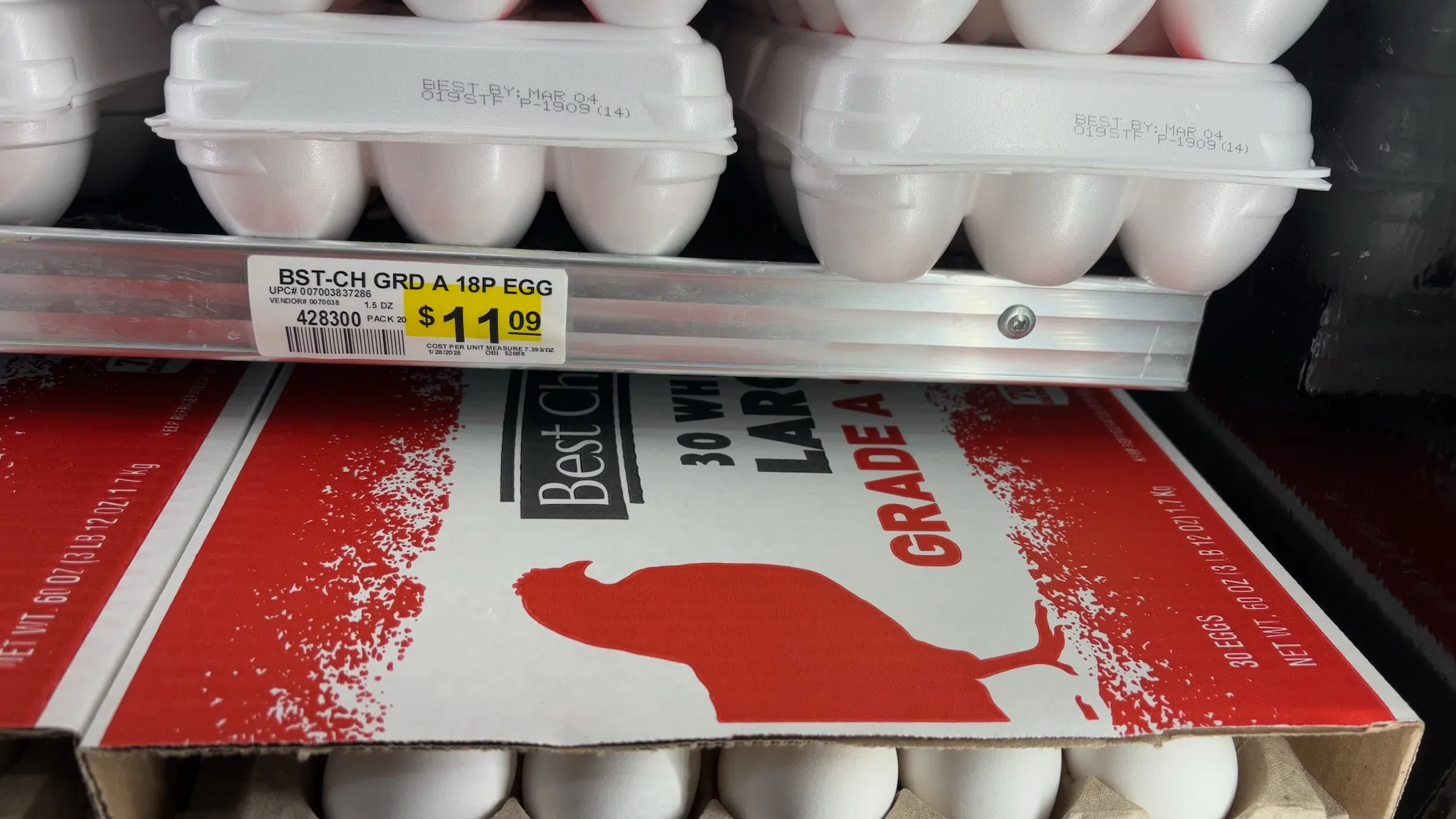Those higher food prices you’re seeing in several categories — eggs, poultry and meat — have several overlapping factors, according to Lyon County Extension Ag Agent Brian Rees.
For eggs and poultry, a big player is the avian influenza epidemic causing producers to euthanize their stock, thus reducing the number of birds available for production for months at best. For beef, it’s another factor — extended drought. Rees says that has led to smaller herd sizes, which do not appear to be resetting any time soon.
Federal policy measures may well have an impact as well. Rees says the recent deportation of undocumented migrants is a sensitive topic, but it could have a significant ripple through fruit and vegetable prices.
Rees expects labor shortages to develop, meaning some crops may not be harvested — especially in states like California, Florida and Texas.
Also, as promised, President Donald Trump enacted 25 percent tariffs on Canada this past weekend, along with 10 percent tariffs on China. Plans for 25-percent tariffs on Mexican products have been put on hold for a month as the Mexican government has agreed to send 10,000 soldiers to the US-Mexico border.
Canada, China and Mexico are the United States’ top three trading partners. The US Census Bureau says Mexico accounts for almost 16 percent of US trade, while China accounts for almost 14 percent and Canada accounts for almost 13 percent.
Canada has announced retaliatory measures, including 25 percent tariffs on items like beverages, cosmetics, paper and related products, steel, aluminum and certain foods. China is threatening its own steps.




















